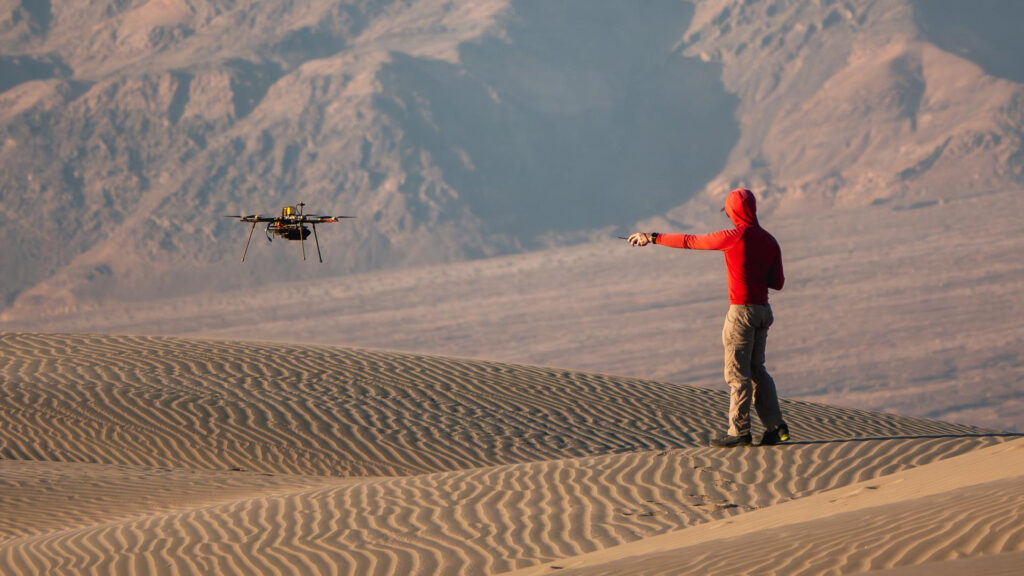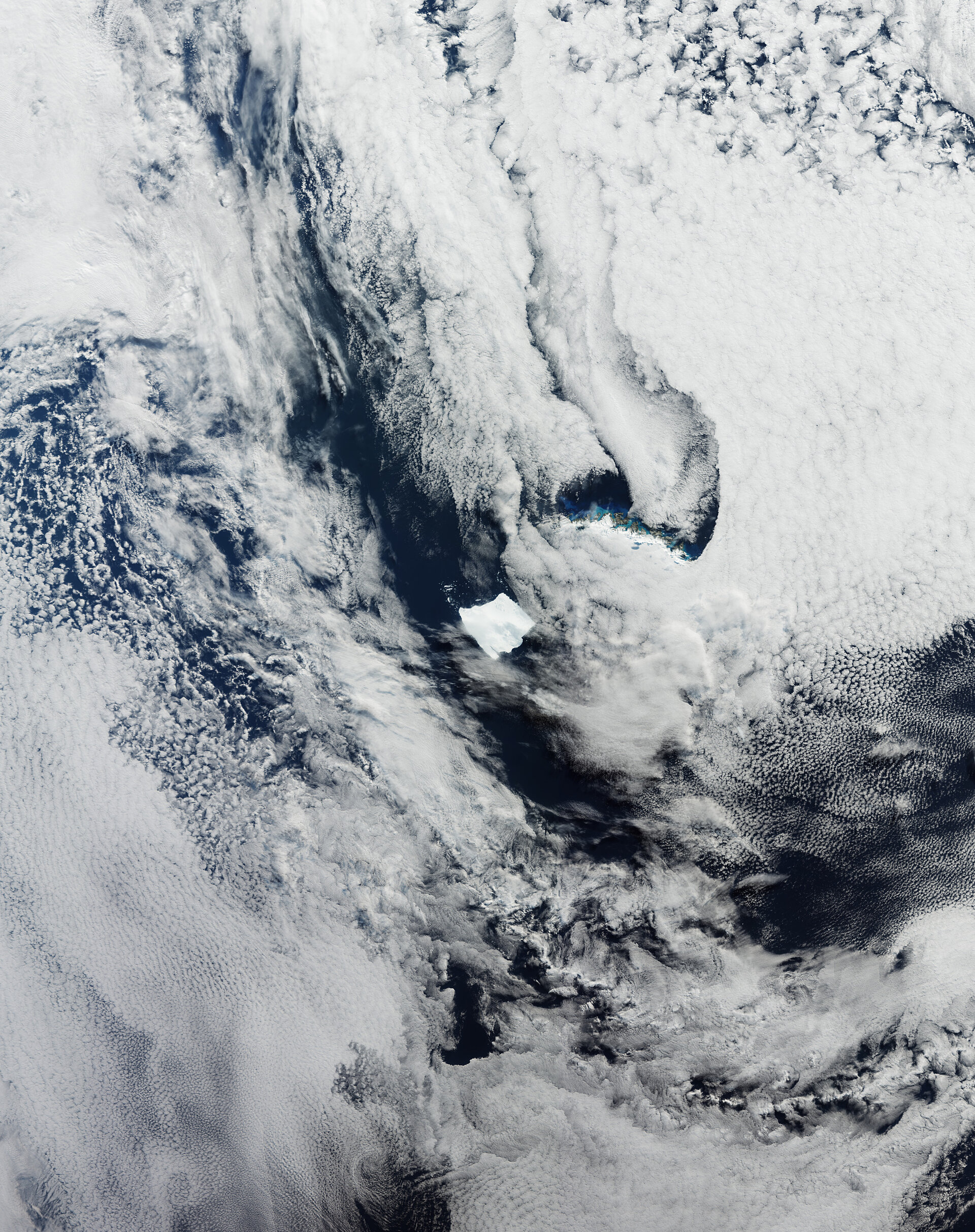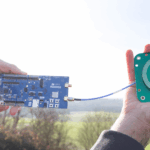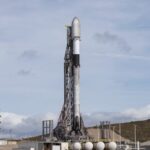Now Reading: SpaceX Falcon 9 rocket launches 28 Starlink satellites to orbit from Florida (photos)
-
01
SpaceX Falcon 9 rocket launches 28 Starlink satellites to orbit from Florida (photos)
SpaceX Falcon 9 rocket launches 28 Starlink satellites to orbit from Florida (photos)
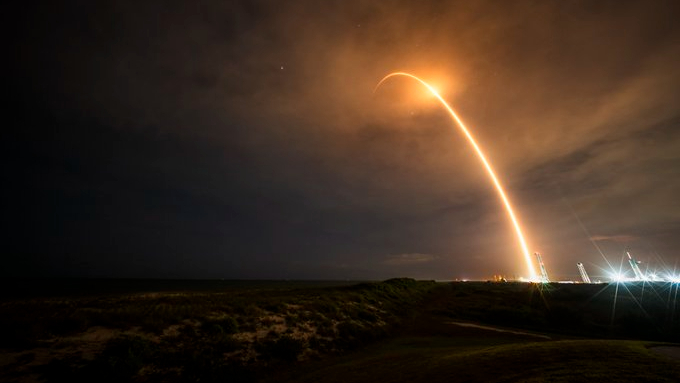
SpaceX has launched another Starlink mission, keeping a steady pace of adding to the satellite megaconstellation every few days.
A Falcon 9 rocket launched SpaceX‘s Starlink 6-75 mission Thursday night (May 1) from Cape Canaveral Space Force Station (CCSFS) in Florida. The Space Coast liftoff occurred at 9:51 p.m. EDT (0151 GMT on May 2) from CCSFS’s Launch Complex-40 (LC-40) .
The rocket carried 28 new Starlink satellites to low Earth orbit (LEO), where they will join a constellation of more than 7,200 broadband satellites.
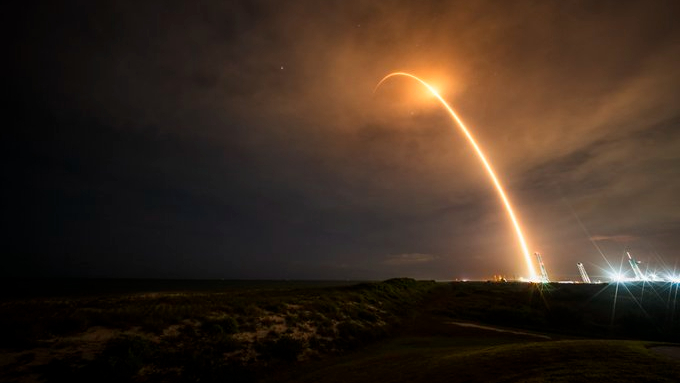
Main engine cutoff of the Falcon 9 booster’s nine Merlin engines occurred about 2.5 minutes into flight, followed quickly by stage separation. The rocket’s first stage, a booster designated B1080, executed a retrograde burn to slow its velocity as the second stage continued on to LEO.
Approximately eight minutes after liftoff, B1080 landed safely on SpaceX’s Just Read the Instructions drone ship, stationed in the Atlantic Ocean. This was the 18th launch of B1080 and the booster’s 12th Starlink mission.
The rocket’s upper stage continued toward LEO with its 28 Starlink satellites and deployed them there one hour into flight as planned. They will spend the next few days maneuvering into more specific orbits to join SpaceX’s growing megaconstellation.
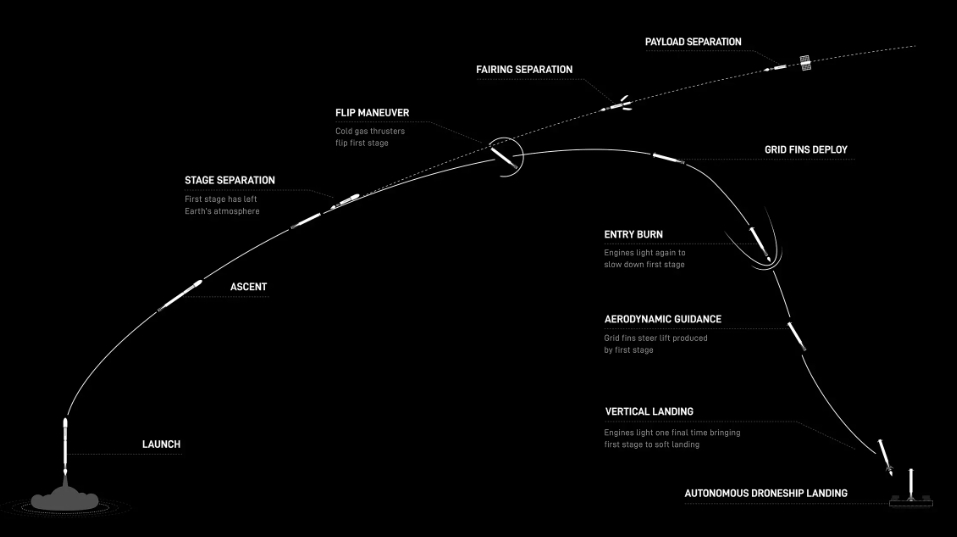
Related stories:
SpaceX’s Starlink network consists of more than 7,200 satellites and counting, operating in a grid to form a lattice across nearly all of the planet, save for the poles. Starlink offers users a high-speed internet connection from anywhere (other than the poles) they are able to point their Starlink receiver toward the sky.
Thursday’s launch was SpaceX’s 51st Falcon 9 mission of 2025, and the company’s 34th Starlink launch so far this year. The company has also launched two test flights of its Starship megarocket in 2025.
Stay Informed With the Latest & Most Important News
Previous Post
Next Post
-
 012024 in Review: Highlights from NASA in Silicon Valley
012024 in Review: Highlights from NASA in Silicon Valley -
 02Panasonic Leica Summilux DG 15mm f/1.7 ASPH review
02Panasonic Leica Summilux DG 15mm f/1.7 ASPH review -
 03From Polymerization-Enabled Folding and Assembly to Chemical Evolution: Key Processes for Emergence of Functional Polymers in the Origin of Life
03From Polymerization-Enabled Folding and Assembly to Chemical Evolution: Key Processes for Emergence of Functional Polymers in the Origin of Life -
 04How New NASA, India Earth Satellite NISAR Will See Earth
04How New NASA, India Earth Satellite NISAR Will See Earth -
 05And Thus Begins A New Year For Life On Earth
05And Thus Begins A New Year For Life On Earth -
 06Astronomy Activation Ambassadors: A New Era
06Astronomy Activation Ambassadors: A New Era -
07SpaceX launch surge helps set new global launch record in 2024












